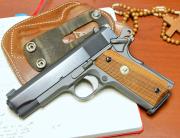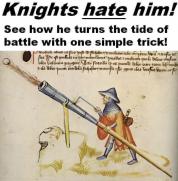How do you measure risk when it comes to carrying a fire arm?
1)Does shoot-ability outweigh safety?
For example, longer first pull (TDA,LEM,DAK, DAO) or manual safety on a gun instead of something like a G19? *I understand all of these guns can be shot to high levels/carried safely but some have been labeled safer or easier*
2)Do you carry appendix but train owb? If yes, why. If you solely train your carry position, why?
*this is more of a gear question*:
3) Do square range advantages always influence you to change to that gear?
For example, if you can pick up a fiber optic front better in good lighting does that mean you no longer use night sights on your carry gun?
This is for discussion, please do not dilute it with common themes here of "we have already talked about this" or "special snowflakes". I have been here awhile now and I have noticed different trends over the years and am genuinely interested to see where people have ended up or if their opinions have stayed the same



 Reply With Quote
Reply With Quote








